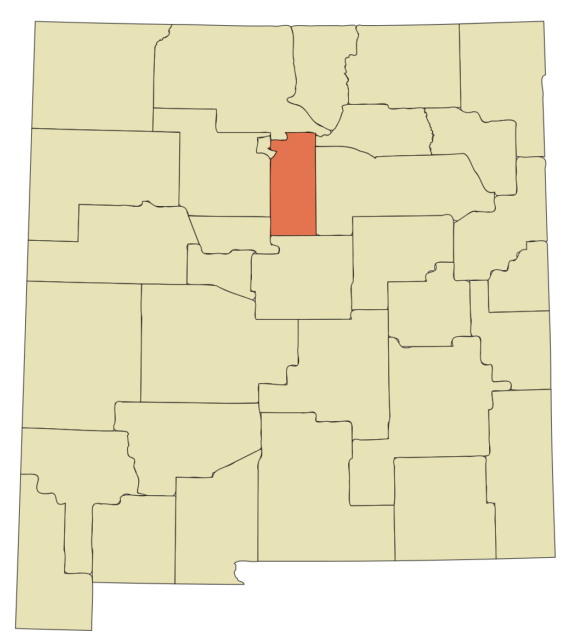Known for being low cost and easy to implement, water conservation measures like rainwater harvesting are a good first step communities can take to supplement existing water supplies. Santa Fe County was one of the first municipalities to pass a water conservation ordinance that restricts outdoor watering and creates a monitoring program.

Ordinance No. 2002-13 recognized that water was a finite resource and made the community vulnerable to drought. The Santa Fe County Board of Commissioners concluded that it was of critical importance to conserve water resources to protect the future of the county.
The ordinance focused on residential and commercial uses of water and excluded farmland and ranchland. The Board of County Commissioners felt that the ordinance was necessary to provide sustainable resources for posterity and that it could directly address present concerns related to public, health, safety, and welfare.
The ordinance addresses water conservation from many different angles:
- Outdoor conservation
- Indoor conservation
- Conservation signage and literature distribution
- Domestic well use metering program
- Water waste
- Fugitive water
For example, the outdoor conservation element addresses evapotranspiration by mandating that swimming pools, hot tubs, and spas be covered when not in use. This plan also spreads awareness about the importance of practicing water conservation through posting informational signs at lodging facilities. To enforce regulations, violations of the water conservation ordinance were assigned monetary penalties ranging from $50-$400.
Commissioners viewed the ordinance as an important tool to raise awareness concerning the importance of water conservation and to engage the public’s participation in the effort. The water conservation ordinance has proved to be a positive one for the design review process: designs that effectively incorporate rainwater harvesting and conform to the ordinance are given greater freedom in other design areas.
The ordinance, in part, lays the foundation for Santa Fe County’s green infrastructure, which supports the county’s sustainability and resource conservation efforts. The momentum generated by the 2002 water conservation ordinance continues with the introduction of the Santa Fe County Water Conservation Plan 2010, which seeks to develop a more holistic approach to water conservation using the efforts of the City of Tucson as a model.
Santa Fe County_Water Conservation Ordinance – PDF
Santa Fe County Water Harvesting Guidelines – PDF
Santa-Fe-County_waterharvestingguidlines(1)Santa Fe County Water Plan 2010
Santa-Fe-County_WaterPlanfinal102010Downloaded from ResilientWest.org
a project of
Resilient Communities and Watersheds
- Challenges:
- drought
- watersupply
- waterconservation
- State:
- new_mexico
- Scale:
- regional, community
- Type:
- urban, suburban, rural, amenity

